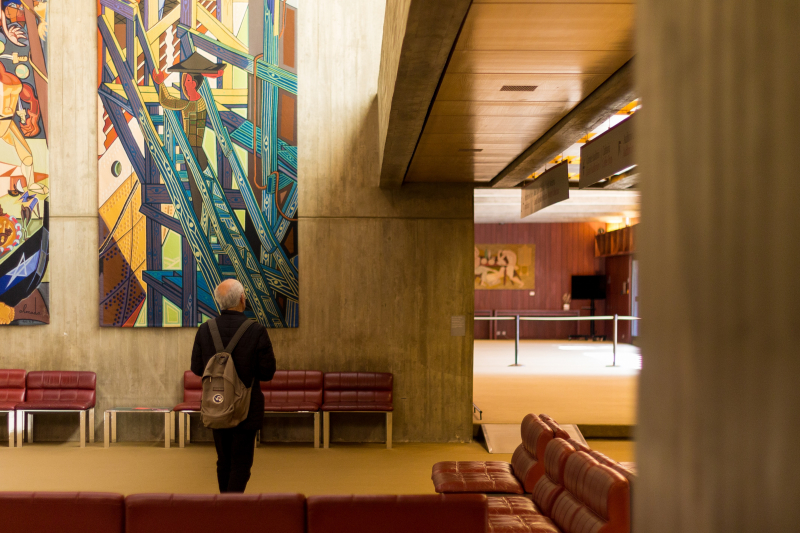Museu Calouste Gulbenkian: A Priceless Collection of Western and Eastern Art
The Museu Calouste Gulbenkian is a sparkling jewel in Lisbon's cultural crown, as well as one of Europe's most celebrated museums. The facility is named after Calouste Sarkis Gulbenkian, an Armenian oil magnate born in 1869 who bequeathed his vast private art collection to Portugal shortly before his death in 1955. It is located in a lush, verdant park on the city's northwestern outskirts. A foundation was established in accordance with the terms of this endowment, the centerpiece of which is this purpose-built arts complex.
Gulbenkian's incredible hoard contains priceless artworks from all over the world spanning 4000 years, from ancient Egypt to the late twentieth century. You could easily spend half a day browsing the exhibition galleries with so many pieces from so many different periods in history to absorb, but your patience will be rewarded with a mesmerizing journey through one of the continent's finest art collections. Highlights in the Classical and Oriental Art galleries include 11 Roman medallions discovered in Abu Qir, Egypt, that were struck to commemorate the Olympic Games held in Macedonia in AD 242. The 17th-century Persian and Turkish carpets on display are among the best preserved in the world, demonstrating Gulbenkian's keen interest in Islamic art.
Gulbenkian's favorite painting is Portrait of Hélène Fourment (c.1630) by Rubens, which is among the Rembrandts, Van Dycks, and other masters in European Art (14th-17th centuries). The rare clocks and timepieces displayed in the French 18th-century Decorative Arts hall are all in working order; arrive on the hour and listen to them chime. While you're here, take a look at the armchair that once belonged to Marie Antoinette. As you move through the building, you can see more 18th and 19th-century paintings and sculptures, including Turner's vivid and dramatic The Wreck of a Transport Ship (1810). One room is dedicated to Francesco Guardi and his Venice studies. Keep an eye out for Houdan's 1780 sculpted Diana.
The museum tour concludes with a fantastic collection of jewelry and glassware created by René Lalique, a French Art Nouveau jeweler (1860-1945). Except for the startling and flamboyant Dragonfly woman corsage ornament, worn once onstage by actress Sarah Bernhardt, none of the brooches and necklaces were ever worn (1844- 1923). This museum is considered one of the best places to visit Lisbon.
Address: Av. de Berna 45A, 1067-001 Lisboa, Portugal
Timings: 10AM - 6PM (Closed Tuesday)
Phone: +351 21 782 3000
Google rating: 4.7/5
Website: https://gulbenkian.pt/museu/















